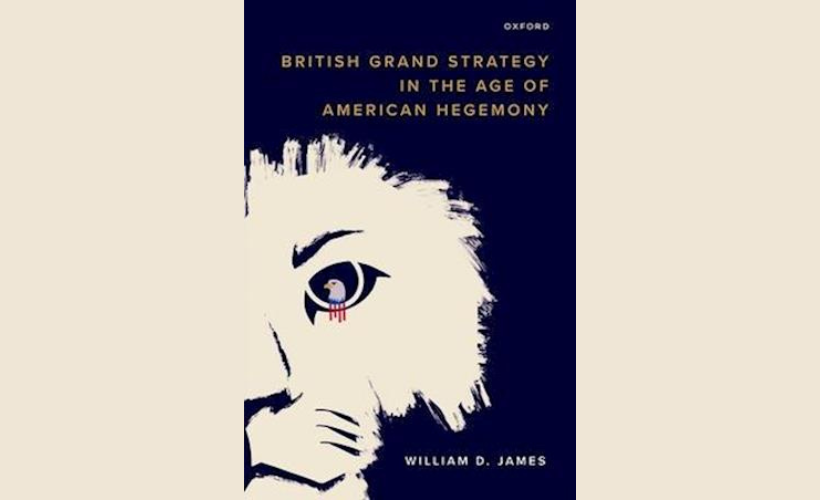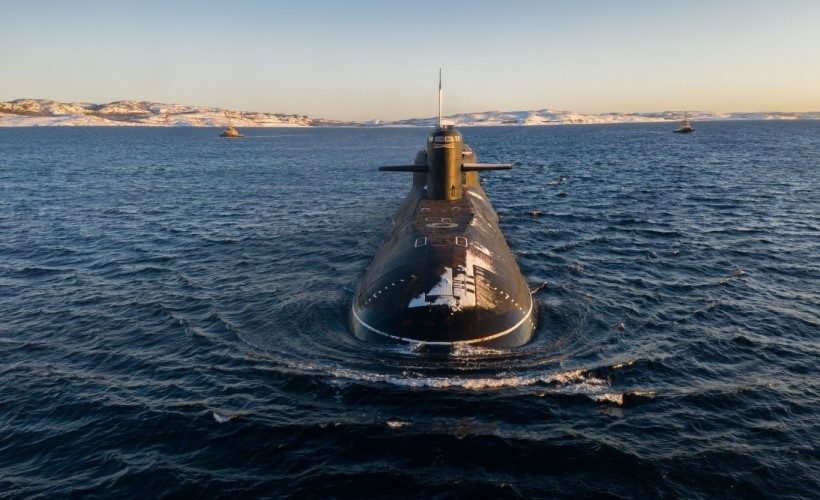The Baltic sea region is now more geopolitically unified than it has ever been in its history. Kaliningrad, together with the Russian coast of the Gulf of Finland, are the only areas outside of the NATO alliance. As a result of recent Russian aggression, Kaliningrad has become central to the geopolitics of the Baltic sea region. In response to Swedish and Finnish NATO accession Russia threatened to openly place nuclear missiles (which are probably already there) in the exclave; while Lithuania seemed to impose, then lift, restrictions on Russian transit to Kaliningrad across its territory. The significance of the Suwałki Gap, the stretch of Polish-Lithuanian border between Kaliningrad and Belarus that is the Baltic states’ only land border to the rest of NATO, has only risen with the Russian invasion of Ukraine.
This special online event will bring together historians and policymakers to consider the longer history and wider context of the Kaliningrad exclave. What were the key considerations around the creation of the exclave in the aftermath of the Second World War? How did Kaliningrad change and shift after the collapse of the Soviet Union, and how has its role changed since? How does the changing geopolitics of the Baltic impact how we understand Kaliningrad, and what does its future hold?







